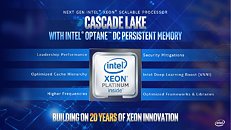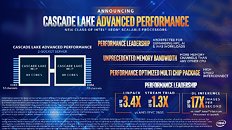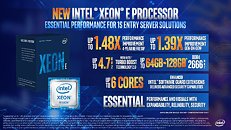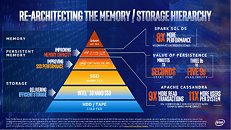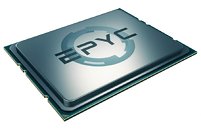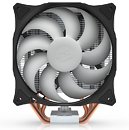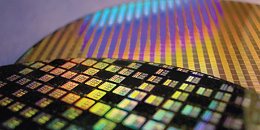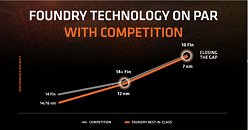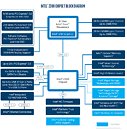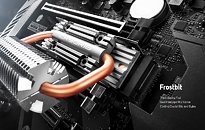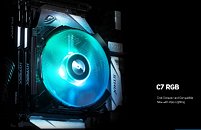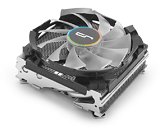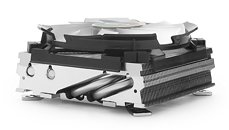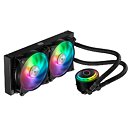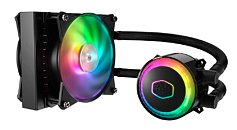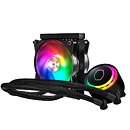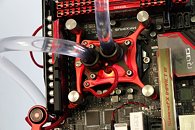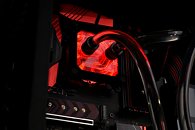
Intel Announces Cascade Lake Advanced Performance and Xeon E-2100
Intel today announced two new members of its Intel Xeon processor portfolio: Cascade Lake advanced performance (expected to be released the first half of 2019) and the Intel Xeon E-2100 processor for entry-level servers (general availability today). These two new product families build upon Intel's foundation of 20 years of Intel Xeon platform leadership and give customers even more flexibility to pick the right solution for their needs.
"We remain highly focused on delivering a wide range of workload-optimized solutions that best meet our customers' system requirements. The addition of Cascade Lake advanced performance CPUs and Xeon E-2100 processors to our Intel Xeon processor lineup once again demonstrates our commitment to delivering performance-optimized solutions to a wide range of customers," said Lisa Spelman, Intel vice president and general manager of Intel Xeon products and data center marketing.
"We remain highly focused on delivering a wide range of workload-optimized solutions that best meet our customers' system requirements. The addition of Cascade Lake advanced performance CPUs and Xeon E-2100 processors to our Intel Xeon processor lineup once again demonstrates our commitment to delivering performance-optimized solutions to a wide range of customers," said Lisa Spelman, Intel vice president and general manager of Intel Xeon products and data center marketing.
